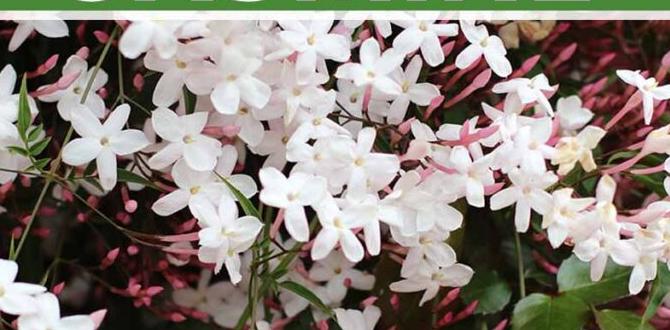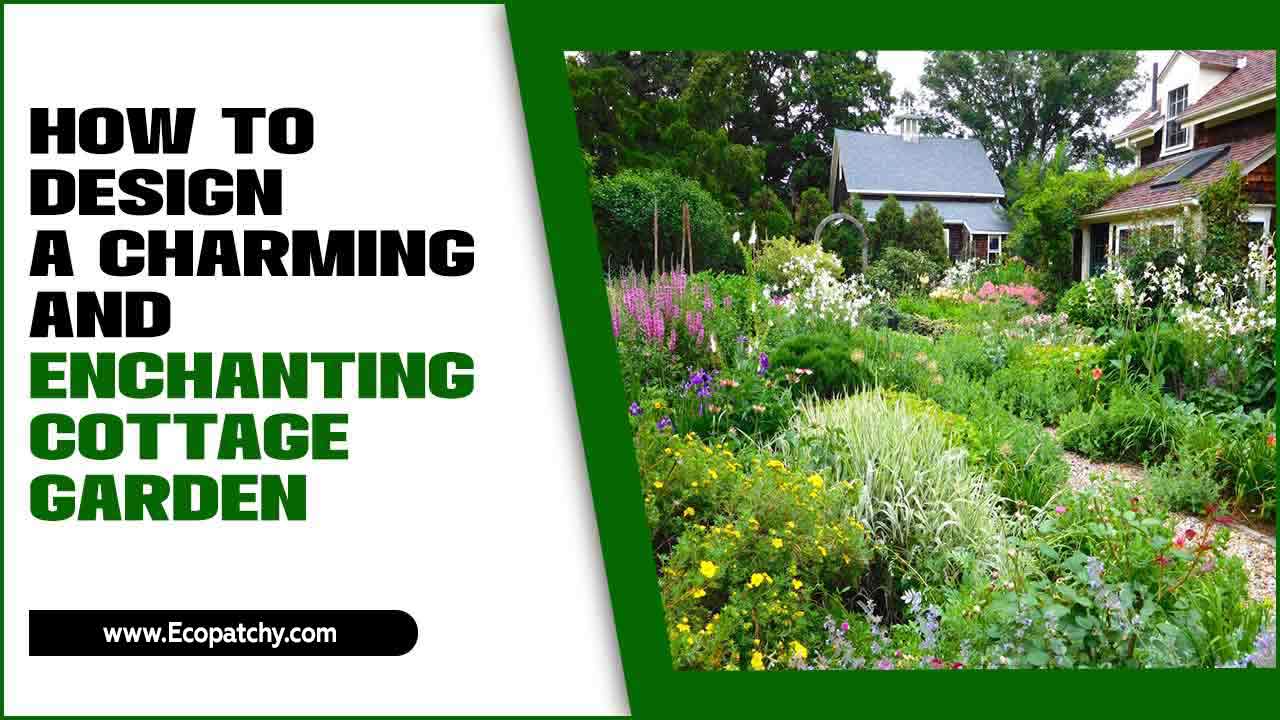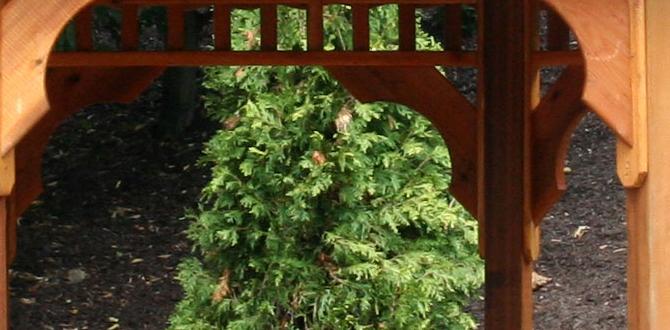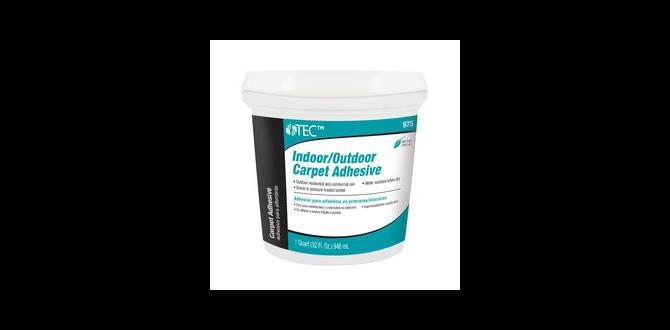Have you ever walked past a garden and caught a whiff of sweet jasmine? Those lovely flowers can brighten up any space. Caring for jasmine plants outdoors is not just fun; it’s also rewarding. Imagine trimming those vines and watching the flowers bloom. It feels like magic!
But did you know that these plants have special needs? They thrive in warm weather and love sunlight. What happens if they don’t get enough water? Or if they’re not pruned correctly? Your jasmine may not bloom as beautifully as you expect. It’s easy to care for jasmine plants once you learn a few tips.
In this article, we will explore simple ways to help your jasmine thrive. You’ll discover how to provide the right amount of water, sunlight, and support for those growing vines. Get ready to create a fragrant oasis in your garden and impress your friends with your gardening skills!
Caring For Jasmine Plants Outdoors: Essential Tips And Tricks

Caring for Jasmine Plants Outdoors
Jasmine plants bring beauty and sweet scents to your garden. Did you know they thrive best in warm weather? To care for them outdoors, choose a sunny spot with well-drained soil. Water them regularly, but avoid overwatering. Fertilizing every few weeks helps them grow strong. Watch out for pests like aphids, which can harm your plants. With these simple steps, your jasmine can bloom beautifully, attracting butterflies and creating a delightful garden atmosphere!Ideal Planting Conditions
Best soil types to promote jasmine growth. Sunlight requirements for healthy jasmine plants.The right conditions help jasmine plants thrive. For healthy growth, they prefer slightly acidic to neutral soil. The best soil types are sandy loam or well-draining potting mix. Good drainage prevents root rot. Jasmine loves sunshine! Aim for at least six hours of bright sunlight each day. Too little light makes them weak.
What soil is best for jasmine plants?
Sandy loam or well-drained potting mix is best for jasmine plants.
How much sunlight do jasmine plants need?
Jasmine plants need six hours of sunlight daily for healthy growth.
Watering Techniques for Jasmine
Guidelines for appropriate watering schedules. Signs of overwatering vs. underwatering.Jasmine plants thrive with the right amount of water. Here are some tips for a proper watering schedule:
- Water early in the morning or late in the evening.
- Check soil moisture; water when the top inch feels dry.
- During hot days, you may need to water daily.
Keep an eye out for signs of overwatering and underwatering. If the leaves turn yellow and drop, it’s likely overwatered. If the leaves feel crisp and dry, it probably needs more water. Remember, too much or too little water can harm your jasmine!
What are signs of overwatering and underwatering?
Overwatering can cause yellow leaves and soggy soil. Underwatering makes leaves wilt and feel dry. Knowing these signs helps your jasmine stay healthy!
Fertilization and Nutrient Needs
Recommended fertilizers and feeding schedules. Organic vs. synthetic fertilization options.Caring for jasmine plants outdoors means giving them the right food. They love to eat! You can choose between organic options like compost or synthetic fertilizers that are quick to act. For happy, blooming jasmine, use a balanced fertilizer every month during spring and summer. Too much food can be as harmful as too little, just like eating cake every day isn’t a good plan! Here’s a simple feeding schedule:
| Type of Fertilizer | When to Use |
|---|---|
| Organic (like compost) | Every 2 months |
| Synthetic | Once a month |
Your jasmine will reward you with plenty of fragrant flowers. Remember, it’s all about balance—keep those nutrients in check!
Pest and Disease Management
Common pests affecting jasmine plants and preventive measures. Identifying and treating diseases that can harm jasmine.Pests can be a real bother for jasmine plants. Aphids, spider mites, and whiteflies can sneak in and munch on leaves. To keep them away, check your plants often. A strong spray of water can wash them off. You can also use insecticidal soap—it’s like a bubble bath for plants, but for bad bugs!
Jasmine plants can also face diseases like root rot or powdery mildew. Ouch! If leaves turn yellow or show white spots, it’s time to act. Make sure your plants are not too wet, as they dislike soggy feet. Fungicide can help those pesky fungi, while good airflow keeps leaves healthy.
| Pest/Disease | Symptoms | Prevention/Treatment |
|---|---|---|
| Aphids | Sticky leaves and curled tips | Water spray or insecticidal soap |
| Spider mites | Webbing and yellow spots | Increase humidity and use miticides |
| Whiteflies | Leaves turning yellow and dropping | Sticky traps and insecticidal soap |
| Root rot | Yellowing leaves and wilting | Well-drained soil and reduce watering |
| Powdery mildew | White powdery spots on leaves | Improve airflow and use fungicide |
Pruning and Maintenance Tips
Best practices for pruning jasmine plants for optimal growth. Seasonal maintenance tasks to keep plants healthy.To keep your jasmine plants happy and thriving, pruning is key. Trim them back in early spring. Focus on cutting off dead or weak stems. This helps them grow strong and bushy. Regular snips also boost air flow and light, making your plants flourish like never before. Less is more!
Seasonal maintenance is important, too! In spring, give them a gentle feed with fertilizer. Water them well during hot months, but don’t drown them; they don’t swim! Check for pests regularly, so your jasmine stays healthy and free from bugs.
| Season | Maintenance Task |
|---|---|
| Spring | Prune and fertilize |
| Summer | Water regularly |
| Fall | Remove dead leaves |
| Winter | Keep sheltered from cold |
Supporting and Training Jasmine Vines
Methods for providing support to climbing varieties. Techniques for training jasmine on trellises and fences.Supporting jasmine vines helps them grow strong and healthy. You can use various methods to provide support. For climbing varieties, here are some easy tricks:
- Use trellises for climbing jasmine to attach vines.
- Secure the vines with soft ties to prevent damage.
- Choose fences as natural supports for jasmine to wrap around.
Training jasmine on trellises is simple. Start by gently guiding the vine to the support. Check regularly and adjust ties if needed. This keeps your jasmine looking neat and full of flowers.
How can I support jasmine plants?
To support jasmine plants, you can use trellises, stakes, or fences to help them climb. These supports keep the plants stable and promote healthy growth.
Protection from Weather Extremes
Strategies for shielding jasmine plants from harsh sunlight. Tips for winterizing jasmine in cooler climates.Harsh weather can be tough on jasmine plants. To keep them safe from strong sun, try these tips:
- Provide shade with a cloth or net.
- Plant them where they get morning light but afternoon shade.
In cooler climates, protecting jasmine in winter is key. Here’s how:
- Cover the roots with mulch or leaves.
- Bring pot-grown jasmine inside before frost.
These steps can help your jasmine thrive through all seasons!
How do I protect my jasmine plant from the sun?
To shield your jasmine from the sun, provide shade during the hottest parts of the day. This helps prevent leaf burn and keeps the soil from drying out too quickly.
How should I winterize my jasmine plant?
In winter, add mulch around the base. It keeps roots warm. Moving pots inside before frost also helps your plant stay healthy.
Propagation Techniques
Methods for propagating jasmine plants outdoors. Best times of year for successful propagation efforts.Jasmine plants can grow beautifully outdoors. To multiply them, you can try a few ways. Common methods include cuttings and layering. Cuttings involve snapping off a healthy piece of the plant and planting it in soil. Layering means gently bending a branch to touch the ground, allowing it to root. The best times are in spring and early summer. This way, your plants can thrive in warmer weather.
What are good propagation methods for jasmine plants?
Common methods include cuttings and layering. Both techniques can help grow new plants successfully.
Tips for Successful Propagation
- Choose healthy stems for cuttings.
- Keep the soil moist but not soggy.
- Provide bright, indirect light.
Conclusion
In conclusion, caring for jasmine plants outdoors is simple and rewarding. Remember to provide plenty of sunlight, water regularly, and give support for climbing. Prune them to promote healthy growth. Enjoy their sweet smell and beautiful blooms. Start by choosing the right spot in your garden. For more tips, check gardening books or online resources. Happy gardening!FAQs
What Are The Ideal Growing Conditions For Jasmine Plants When Planted Outdoors?Jasmine plants love warm weather and plenty of sunshine. They need about six hours of sunlight each day. You should plant them in rich, well-drained soil. Water them regularly but don’t let them sit in water. They like to be in a place with good air flow too!
How Often Should Jasmine Plants Be Watered To Ensure Optimal Growth And Blooming?You should water jasmine plants about once a week. Make sure the soil is moist but not soggy. If it’s really hot, you might need to water them more often. Always check the soil first; if it’s dry, give them some water. This helps them grow strong and bloom beautifully!
What Type Of Soil And Fertilizers Are Best Suited For Jasmine Plants In Outdoor Gardens?Jasmine plants love rich, well-draining soil. You can use a mix of garden soil and compost. This helps the plants get nutrients. For fertilizer, use one that is balanced, like 10-10-10. This means it has equal parts of three nutrients. You should feed your jasmine every few months during the growing season.
How Can I Protect My Jasmine Plants From Pests And Diseases While They Are Growing Outdoors?To protect your jasmine plants from pests and diseases, you can check them regularly for bugs. If you see any, pick them off by hand. You can also spray them with soapy water to keep pests away. Make sure your plants have enough sunlight and water, as healthy plants are stronger. Finally, use mulch to keep the soil moist and prevent weeds.
When Is The Best Time To Prune Jasmine Plants To Promote Healthy Growth And Flowering?The best time to prune jasmine plants is in late winter or early spring. This is when they are still asleep and not growing. You should cut back any dead or weak stems. Pruning helps the plant grow strong and bloom beautifully later. After pruning, you can enjoy lovely flowers in the summer!







